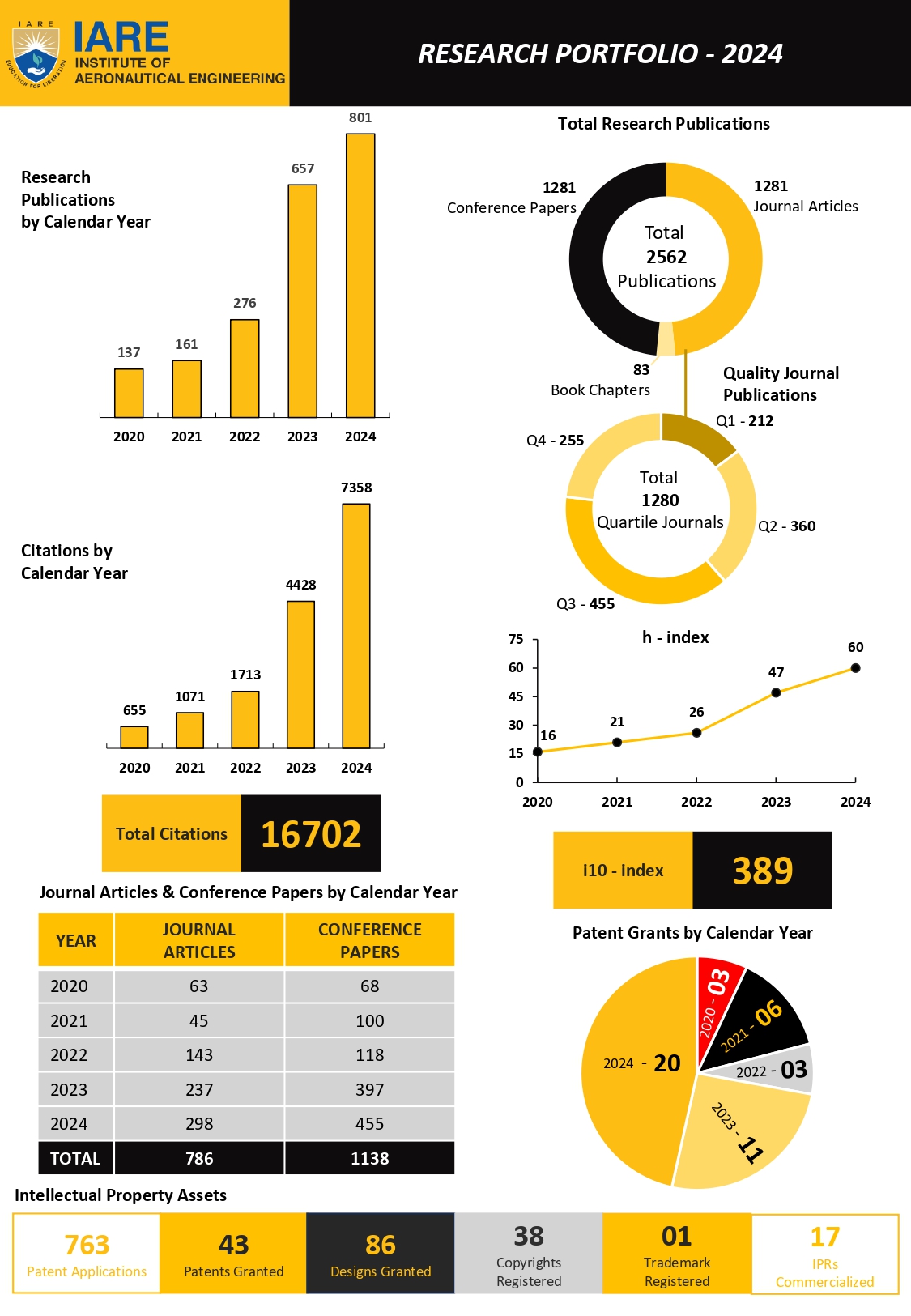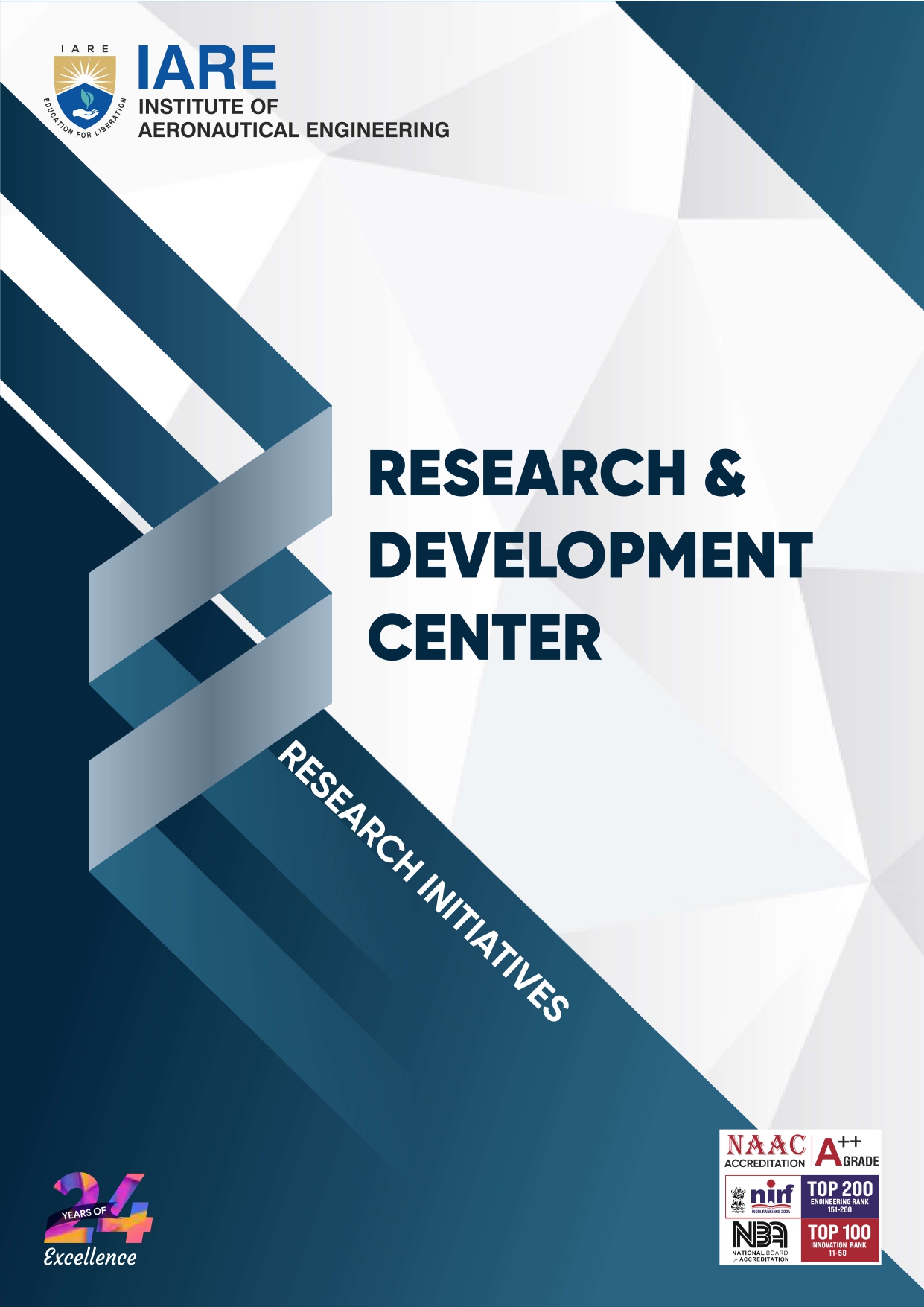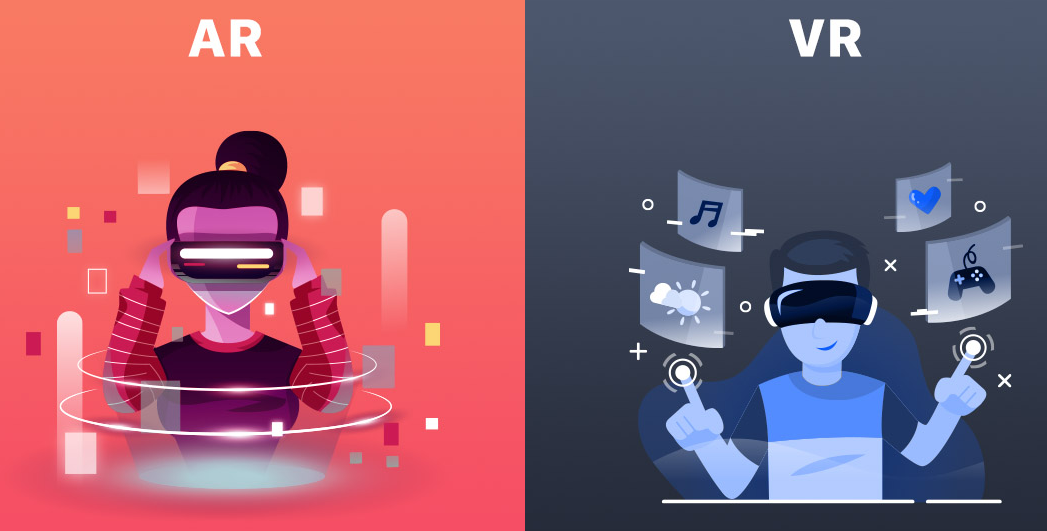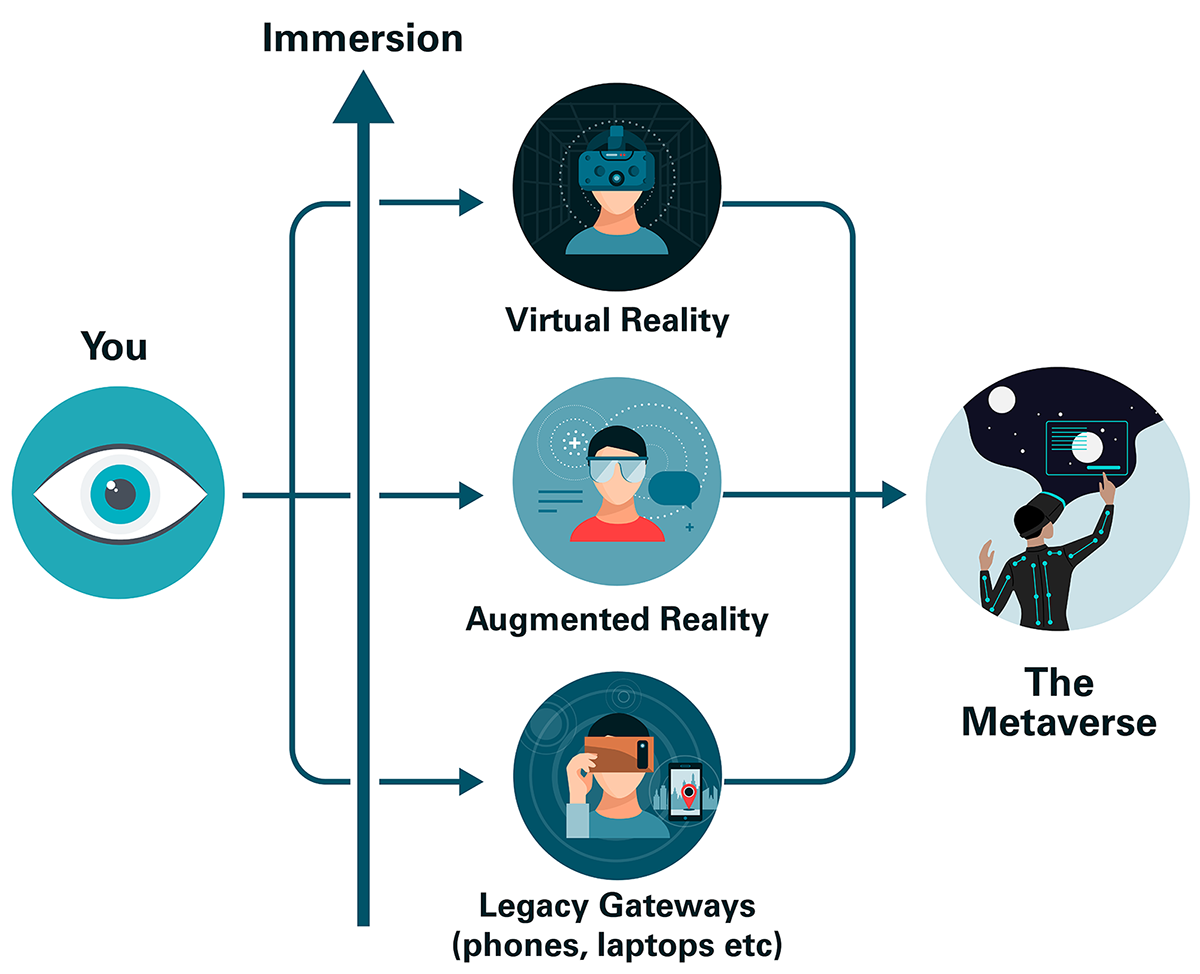Center for Developing AR/VR Solutions
Virtual Reality (VR) and Augmented Reality (AR) are two technologies that are changing the way we use screens, creating new and exciting interactive experiences
Virtual Reality uses a headset to place you in a computer-generated world that you can explore. Augmented reality, on the other hand, is a bit different. Instead of transporting you to a virtual world, it takes digital images and layers them on the real world around you through the use of either a clear visor or smartphone.
With virtual Reality, you could explore an underwater environment. With Augmented Reality, you could see fish swimming through the world around you.
Virtual Reality
Virtual Reality immerses you in a virtual world through the use of a headset with some type of screen displaying a virtual environment. These headsets also use a technology called head tracking, which allows you to look around the environment by physically moving your head. The display will follow whichever direction you move, giving you a 360-degree view of the virtual environment.
Types of VR devices
At the moment, there are two major types of headsets. Both have their pros and cons, which you'll want to consider if you're looking to purchase one.
The first type has a screen built in to the headset. These devices connect to a computer and require a pretty powerful system to operate smoothly. They have great graphics and perform well, but they're also pretty expensive. A few popular examples of these include the Oculus Rift, the Vive, and the PlayStation VR, which connects to the PlayStation 4 game console
The other type of headset houses your phone and uses its screen as the display. These don't require a computer and run completely off of apps on your smartphone. The graphics and performance levels on these headsets aren't quite as good as those with a built-in screen, but they do tend to be much cheaper. Some popular examples include Google Cardboard and the Gear VR.
Augmented Reality
Augmented Reality allows you to see the world around you with digital images layered on top of it. There are currently a couple of AR headsets available, including the Microsoft HoloLens and the Magic Leap. However, they are currently more expensive than VR headsets, and are marketed primarily to businesses.
Augmented Reality can also be used on devices like smartphones and laptops without the use of a headset. There are a variety of apps that use AR, including some that allow you to translate text using your camera, identify stars in the sky, and even see how your garden would look with different plants. You may have even previously used AR without realizing it, while playing a game like Pokemon Go or using filters on Snapchat.
Features of AR
AR incorporates three features: a combination of digital and physical worlds, interactions made in real time, and accurate 3D identification of virtual and real objects. AR users can control their presence in the real world. AR can be accessed with a smartphone.
Features of VR
VR headsets typically include a stereoscopic display (providing separate images for each eye), stereo sound, and sensors like accelerometers and gyroscopes for tracking the pose of the user's head to match the orientation of the virtual camera with the user's eye positions in the real world. VR users are controlled by the system. VR requires a headset device.
Focus of Virtual Reality and Augmented Reality in education
1. Functional AR and VR for education
Students can engage and relate to the particular subject more thoroughly owing to virtual reality and augmented reality.
Additionally, it offers a secure setting for training and skill improvement for participants. Students can engage in risky procedures like heavy equipment training, evacuation plans, and medical interventions using interactive virtual simulations without being worried about the potential hazards involved in dealing.
2. Arrangement of engaging lectures
Students may actively involve themselves in classes since AR VR app development services are so engrossing. Virtual and augmented reality technology in education uses dynamic digital components as well as 3D platforms to greatly simplify the teaching of challenging interpretations. Furthermore, these 3D simulator models aid in students’ subject understanding. Imagine being capable of going back in time and discovering information about the past. This would be largely facilitated through interactive technology in education. You may try to recreate ancient occurrences and bring past events to life through AR and VR schooling, which makes it more fascinating and compelling.
3. Organize captivating excursions
We are aware that school trips demand considerable attention to detail and coordination. However, considering field excursions can sometimes be costly, not all students can always spend the money on them. Nonetheless, school trips have become increasingly economical, accessible, and entertaining owing to virtual reality and augmented reality. The virtual environment enables commuting to remote or challenging regions. You can do things such as taking the children on a moon trip or perhaps an African wildlife adventure where they can see a lion from the convenience of the school environment.
4. Improving creativity
VR/AR in education is excellent for fostering creativity in addition to content consumption. Learners’ creativity may be sparked by powerful tools like Tvori, a storytelling tool that allows users to rapidly and simply create animated projects using virtual reality.
Focus of AR in industrial and manufacturing environments
Improved product development: Implementing AR during the design phase makes it possible for designers to respond to modern consumer demands for shorter product lifecycles and reduce costs associated with prototyping.
Simplified processes: Visualised workflows offering step-by-step instructions can support predictive troubleshooting while reducing mistakes that cause rework and speeding up complex assembly tasks for workers.
Streamlined warehouse management: AR can save time by managing inventory levels, guiding product picking, minimising downtime by making it easier for technicians to diagnose and fix problems, and enhancing employee training.
Increased worker engagement: Because AR is a relatively new technology, the immersive quality of the 3D experience and the ability to learn by virtually doing is still novel for workers which boosts their engagement with the task at hand.
Reduced risk: AR doesn’t just replace the work or function of real equipment and people; it also creates a safe, experiential learning environment that allows workers to practice tasks virtually without risk. This improves worker safety, inspection, training, and workflow.
Equipment / Software
| S No |
Description |
Quantity |
| 1 |
Unity Software |
30 Users |
| 2 |
VR Devices - Oculus Quest 2 - 256 GB |
10 |
| 3 |
AR Devices |
10 |
Contact
Dr P Ashok Babu
Professor of Artificial Intelligence and Machine Learning
Email: p.ashokbabu@iare.ac.in
Phone: 9848898290






 Work with Us
Work with Us Campus Map
Campus Map How to Reach Us
How to Reach Us Online Degree Verification
Online Degree Verification Photo Gallery
Photo Gallery